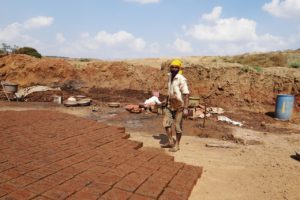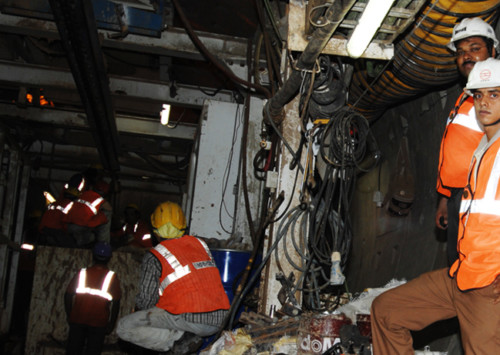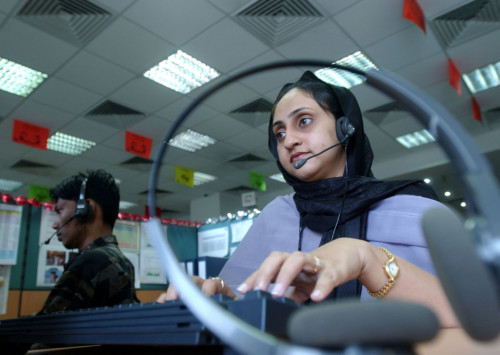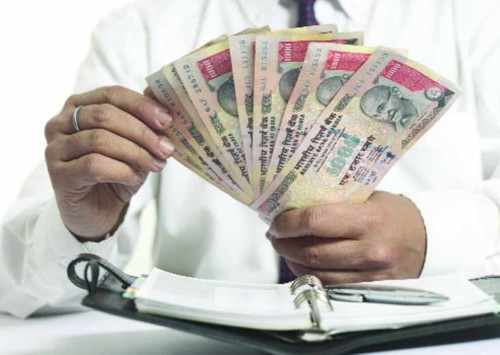Workers across India exercise a day-long strike for better pay

Workers from various industries took part in the all India strike, including skilled and unskilled labourers.
An All-India bandh (strike) was held yesterday, called by trade unions across the country, demanding for better terms of work and a look into setting minimum wages according to current price realities.
The all-India strike that took place yesterday was called by central trade unions that are associated with some left parties in India, seeking changes in proposals for the new minimum wage. The strike has also aimed at bringing up the issue of social security for workers.
There were 12 demands raised by Centre of Indian Trade Unions (CITU) in lieu of the existing laws and policies, with minimum wage being discussed as a core issue, as per the official statement released by the group. In response, Bandaru Dattatreya, the Minister of State(IC) for Labour and Employment talked through the Press Information Bureau of India claiming that the government was successfully dealing with nine out of the 12 demands tabled by CITU. But, it didn’t convince the party enough to call off the strike.
“As per the proposed amendment, the Central Government will prescribe National Minimum Wage for three different categories of States. It would be mandatory for the States to fix their minimum wage equivalent to the Central Government-prescribed National Minimum Wage.” said Dattareya.
However, the unions rejected the proposal. Their demand was to raise the amount to no less than about 250 Euros per month. The government has proposed to hike minimum wages for unskilled workers by up to 20 per cent from the previous figure to about 162 Euros per month for big cities. This was rejected by the unions, citing the price rise and inflation rate.
Strike Sees Mixed Participation
All-India Trade Union Congress (AITUC) and Centre of Indian Trade Unions (CITU), the two major trade union groups in the country, joined hands to organize the strike. Workers from public sector undertakings such as Coal India, ONGC and BHEL reportedly participated in great numbers. In the southern state of Telengana, many bank unions also participated, with reportedly 15,000 workers skipping work in protest.
However, workers from India Railways and some other Central Government Organizations didn’t support the strike. West Bengal Chief Minister, Mamata Banerjee, was among the few leaders who opposed the strike and requested people to maintain normalcy in the state. She gave an elaborate proposal through social media.
#NoToBandh pic.twitter.com/BOPHPJA6IP
— Mamata Banerjee (@MamataOfficial) September 1, 2016
The Unions had predicted a participation of close to 18 million people across India. Among some of the major cities that saw offices, schools and universities shut were Varnasi in Uttar Pradesh and the southern IT hub, Bangalore. States like Kerala and Andhra Pradesh were reported to have been fairly active in protest during the strike and the parties took to sharing images on Twitter.
#AllIndiaStrike pics from Kakinada and Vijayawada in Andhra Pradesh pic.twitter.com/zdB0s4JjnY
— CPI-ML Liberation (@cpimlliberation) September 2, 2016
Whether the strike was successful in meeting the demands and issues it sought to fulfil or at least creating a sustainable platform of dialogue and communication between the government and labourers in India remains to be seen.












